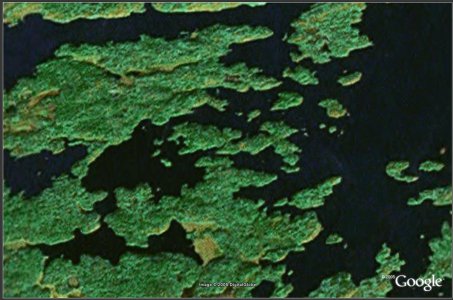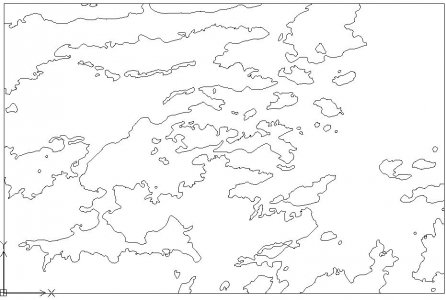- Joined
- Dec 26, 2017
- Messages
- 60
One of my upcoming radio repair projects is an Arvine Model 61 tombstone radio. Vintage 1935-1936. I need to recreate these, they are the only thing stopping progress (other than time):


The dials were "peened" (for lack of a better word) on to the dial dial hubs. I had the idea to remake the dial hubs on my mini-lathe and I got as far as making a prototype. I don't have a mill and the design calls for 4-40 or smaller screws to hold the dial on the hub.
I think I can create the hubs or, worst case, try to use the old hubs. At this point the hubs aren't the issue, it's the dial faces. If I could find a way to mill the lettering and dial marks into the plastic I could fill it with clockmakers dial wax. It works good on metal but I'm not convinced that it'll work for plastic. The light in the radio shines thru the dial so it has to be transparent material. I made the hubs in Fusion 360 but I never could get a straight answer from anyone on whether or not I could import the 1:1 high res scans of the dials and use that to create what I need.
Is something like this a good idea for cutting out and etching lettering? https://www.amazon.com/SainSmart-Ge...jbGlja1JlZGlyZWN0JmRvTm90TG9nQ2xpY2s9dHJ1ZQ==
I don't have an opinion about this brand one way or another other than at 7" depth it's a little small. It's got good reviews but Amazon reviews are hit or miss.
Just FYI - Here's the Fusion 360 rendering for both hubs -
Large dial

Small dial



The dials were "peened" (for lack of a better word) on to the dial dial hubs. I had the idea to remake the dial hubs on my mini-lathe and I got as far as making a prototype. I don't have a mill and the design calls for 4-40 or smaller screws to hold the dial on the hub.
I think I can create the hubs or, worst case, try to use the old hubs. At this point the hubs aren't the issue, it's the dial faces. If I could find a way to mill the lettering and dial marks into the plastic I could fill it with clockmakers dial wax. It works good on metal but I'm not convinced that it'll work for plastic. The light in the radio shines thru the dial so it has to be transparent material. I made the hubs in Fusion 360 but I never could get a straight answer from anyone on whether or not I could import the 1:1 high res scans of the dials and use that to create what I need.
Is something like this a good idea for cutting out and etching lettering? https://www.amazon.com/SainSmart-Ge...jbGlja1JlZGlyZWN0JmRvTm90TG9nQ2xpY2s9dHJ1ZQ==
I don't have an opinion about this brand one way or another other than at 7" depth it's a little small. It's got good reviews but Amazon reviews are hit or miss.
Just FYI - Here's the Fusion 360 rendering for both hubs -
Large dial

Small dial



